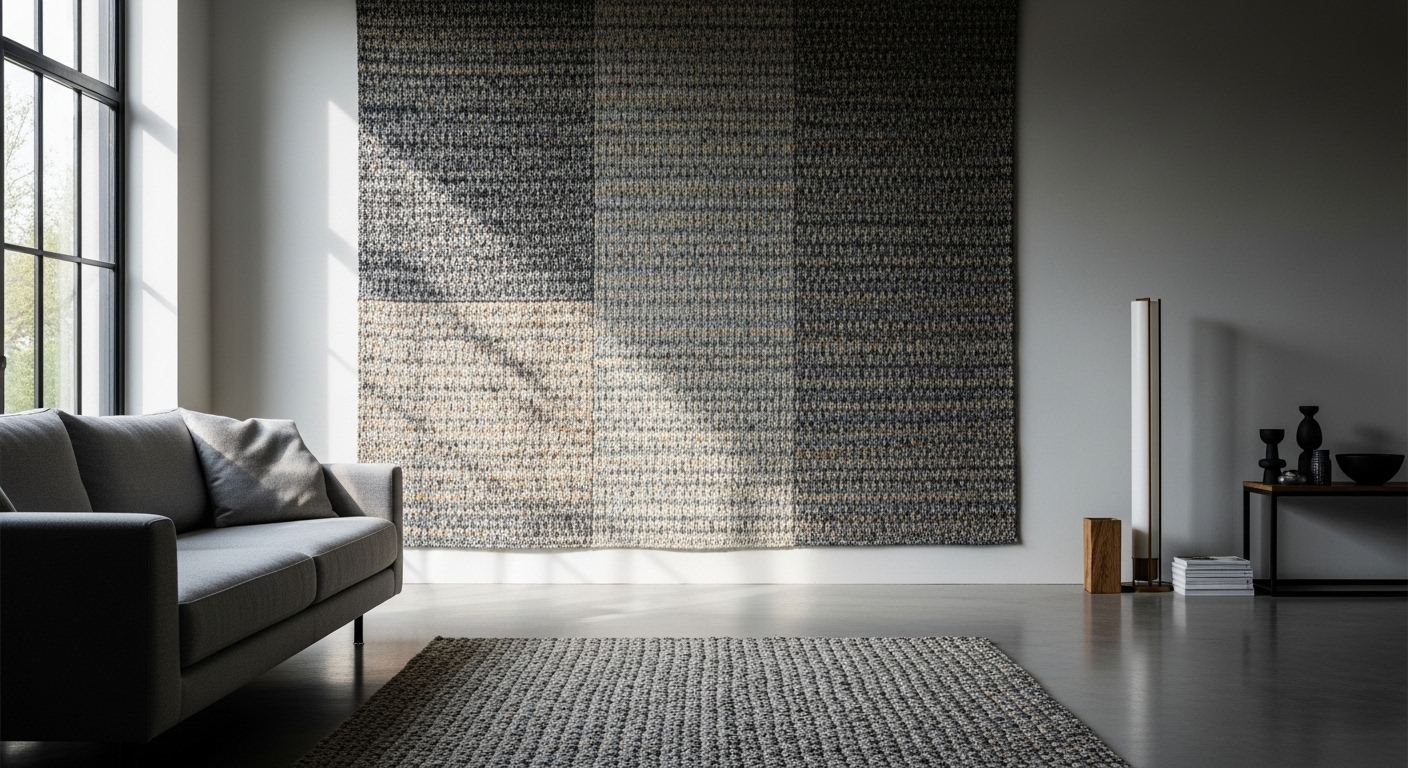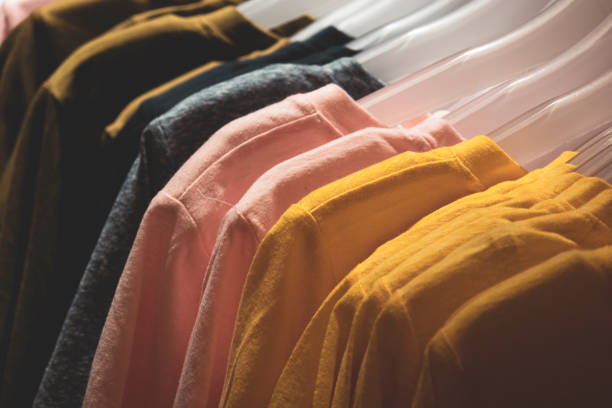How to Shop Smart for Rugs on Clearance: A Practical Guide
Finding quality rugs at reduced prices requires more than spotting a sale sign. Clearance shopping offers genuine opportunities to furnish your home affordably, but success depends on understanding why items are discounted, knowing what to inspect, and making informed decisions about size, material, and long-term value. This guide walks you through the essential steps to confidently navigate clearance rug shopping, from identifying true bargains to ensuring your purchase serves you well for years to come.

Shopping for rugs during clearance events can yield significant savings, but it requires a strategic approach. Understanding the clearance process, evaluating quality, and making informed comparisons help ensure you bring home a rug that enhances your space without compromising on durability or style.
What Clearance Means for Rugs and Why Items Are Discounted
Clearance rugs are typically marked down for several practical reasons. Retailers often discount inventory to make room for new collections, especially during seasonal transitions. Discontinued patterns, overstocked items, or slight manufacturing irregularities that do not affect functionality commonly appear in clearance sections. Floor models displayed in showrooms may also be sold at reduced prices after serving their display purpose. Understanding these reasons helps you distinguish between genuine value and items with significant defects. Not all clearance rugs have problems; many are simply being cycled out of regular inventory. However, some may have minor imperfections like irregular dye lots or slight weaving inconsistencies. Knowing why a particular rug is discounted allows you to assess whether the reduction reflects a true bargain or compensates for quality issues that might affect your satisfaction.
How to Inspect Clearance Rugs for Quality, Damage, and Hidden Flaws
Thorough inspection is essential when purchasing clearance rugs. Begin by examining the entire surface for stains, discoloration, or fading, paying special attention to high-traffic areas if the rug was a floor model. Check all edges and corners for fraying, unraveling, or loose binding, as these areas typically show wear first. Flip the rug over to inspect the backing for signs of deterioration, weak spots, or separation from the pile. Run your hands across the surface to feel for thin patches, uneven texture, or areas where the pile height varies noticeably. Smell the rug to detect any musty odors, mildew, or chemical treatments that might indicate storage issues or previous water damage. If purchasing online, request detailed photographs of all sides and ask specific questions about any imperfections. For handmade or hand-knotted rugs, examine the weave density and pattern consistency. Small irregularities in handmade pieces are normal and add character, but significant flaws affecting structural integrity should warrant reconsideration or further price negotiation.
Choosing the Right Size, Style, and Material for Your Space from Clearance Stock
Successful clearance shopping requires flexibility balanced with clear requirements for your space. Measure your room carefully before shopping, noting furniture placement and traffic patterns. Clearance inventory may have limited size options, so consider whether a slightly smaller or larger rug could work with creative furniture arrangement. For living rooms, rugs should typically extend beyond furniture edges; in dining areas, ensure the rug accommodates pulled-out chairs. Material selection affects both aesthetics and practicality. Wool rugs offer durability and natural stain resistance, making them suitable for high-traffic areas despite higher initial costs. Synthetic materials like polypropylene provide budget-friendly, easy-care options ideal for families with children or pets. Natural fibers such as jute or sisal add texture but may not suit moisture-prone areas. Cotton rugs work well in low-traffic spaces and are machine-washable. Style considerations include color schemes that complement existing decor while offering enough contrast to define spaces. Patterns can hide minor wear better than solid colors, a useful consideration for clearance purchases that may have subtle imperfections.
Comparing Prices, Warranties, Return Policies, and Seller Reputation
Smart clearance shopping involves researching comparable products to verify you are receiving genuine value. Compare the discounted price against the original retail price and similar rugs from other retailers. Online marketplaces, home goods stores, and specialty rug dealers often have varying clearance pricing structures.
| Retailer Type | Typical Discount Range | Return Policy | Warranty Coverage |
|---|---|---|---|
| Major Home Stores | 30-60% off | 30-90 days | Limited or none |
| Specialty Rug Dealers | 40-70% off | 14-30 days | Manufacturer warranty may apply |
| Online Marketplaces | 25-75% off | Varies by seller | Typically none |
| Outlet Centers | 50-80% off | Final sale common | Rarely included |
Prices, rates, or cost estimates mentioned in this article are based on the latest available information but may change over time. Independent research is advised before making financial decisions.
Return policies become particularly important with clearance items, as some retailers mark these purchases as final sale. Verify return windows, restocking fees, and conditions under which returns are accepted. Examine warranty coverage, understanding that clearance items may have reduced or no manufacturer warranties. Research seller reputation through online reviews, Better Business Bureau ratings, and customer testimonials. Established retailers with physical locations often provide more reliable recourse if issues arise compared to unknown online sellers.
Care, Maintenance, and Evaluating the Long-Term Value of a Clearance Rug
A clearance rug represents true value only if it serves your needs over time. Evaluate the total cost of ownership, including cleaning and maintenance requirements. Wool and natural fiber rugs may require professional cleaning, adding to long-term costs, while synthetic options often allow for home cleaning. Consider the rug’s expected lifespan based on construction quality and your household traffic patterns. A deeply discounted rug that wears out quickly may cost more over time than a moderately priced durable option. Proper maintenance extends any rug’s life. Vacuum regularly using appropriate settings for the pile height, rotate the rug periodically to ensure even wear, and address spills immediately to prevent permanent staining. Use rug pads to prevent slipping and reduce wear from friction against flooring. For clearance rugs with minor existing flaws, factor in whether professional repairs or cleaning could restore the item to satisfactory condition, and include these costs in your value assessment. A clearance rug that meets your size, style, and quality requirements while fitting your budget represents a successful purchase when you have thoroughly evaluated its condition and long-term potential.
Clearance rug shopping combines opportunity with careful evaluation. By understanding discount reasons, conducting thorough inspections, matching purchases to your specific needs, comparing sellers and policies, and considering long-term value, you can confidently select rugs that enhance your home while respecting your budget.




